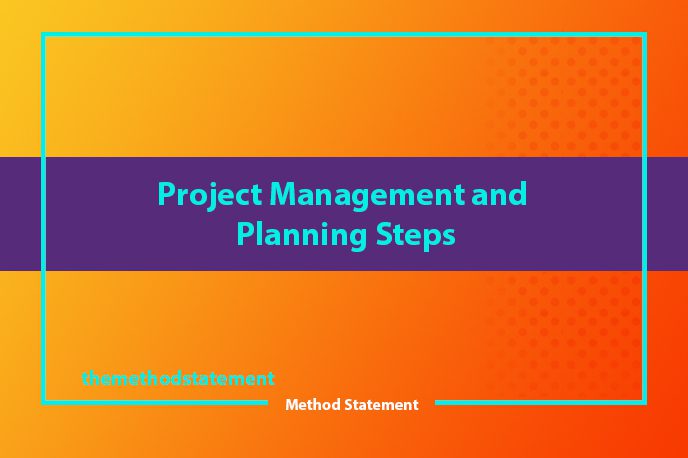Table of Contents
Introduction
Learn the 12 essential Project Management and Planning Steps involved in proper project management. This guide covers everything from receiving inquiries to project closeout, ensuring smooth workflow, efficient resource use, and successful project completion.
Project management is a crucial process that involves planning, organizing, and executing tasks to achieve specific goals within a given timeframe. It ensures the smooth flow of activities and efficient use of resources, leading to successful project completion.
In this article, we will outline the 12 essential steps involved in effective project management and planning.
Project Management and Planning Steps
- Receive Inquiry
The first step in any project management process is receiving an inquiry from a client. The inquiry contains information about the project’s objectives, scope, budget, and deadline. Once the inquiry is received, the project manager should analyze it carefully to determine if the company has the necessary expertise, resources, and capacity to deliver the project successfully. - Review & Evaluation Inquiries
After analyzing the inquiry, the project manager should review and evaluate the project’s feasibility. This entails determining if the project aligns with the company’s mission, vision, and values. The project manager should also assess the risks associated with the project, including financial, operational, and technical risks. This step helps the project manager decide whether to accept or reject the project inquiry. - Receive Order
If the project manager accepts the inquiry, the next step is to receive an order from the client. The order specifies the project’s requirements, including detailed project scope, budget, timeline, and quality standards. The project manager should ensure that the order meets the company’s capabilities and capacity. - Engineering & Technical Support
Once the order is received, the project manager should provide engineering and technical support to the project team. This step involves identifying the necessary design specifications, building codes, and regulations. The project manager should also create a detailed project plan, including work breakdown structures, schedules, budget, and resource allocation. - Procurement
The procurement phase involves sourcing the necessary materials, equipment, and services required for the project’s execution. The project manager should identify potential suppliers, negotiate contracts, and manage the procurement process to ensure the timely delivery of materials and equipment. - Execution
The execution phase is the actual implementation of the project plan. The project manager should monitor and control the project’s progress, including managing the project team, tracking project deliverables, and updating the project plan as necessary. - Inspection & Testing
During the execution phase, the project manager should conduct regular inspections and testing to ensure the project meets quality standards, safety regulations, and technical requirements. This step helps identify any defects or issues that need to be resolved before project completion. - Commissioning
After the inspection and testing phase, the project manager should commission the project. This involves integrating all the components and systems, ensuring they work together seamlessly to achieve the project’s objectives. - Authority
Approval Before project completion, the project manager should obtain approval from relevant authorities, including regulatory bodies and local authorities. This step ensures that the project meets all legal and regulatory requirements. - Handing Over
The handing-over phase involves transferring the completed project to the client. The project manager should ensure that the client is satisfied with the project’s quality, and all the required documentation, including warranties and manuals, is provided to the client. - Maintenance
Liability Even after project completion, the project manager should provide maintenance support to the client. This includes addressing any maintenance issues that may arise during the project’s lifetime and providing guidance on proper maintenance procedures. - Project Closeout
The final step in the project management process is project closeout. This involves conducting a post-project review to evaluate the project’s performance, identify areas for improvement, and document lessons learned. The project manager should also prepare the final invoice and archive all project-related documents.
In conclusion, effective project management requires careful planning, organization, and execution of tasks. By following these 12 essential steps, project managers can ensure successful project completion, meet clients’ expectations, and enhance the company’s reputation.
tag: Project Management and Planning Steps

